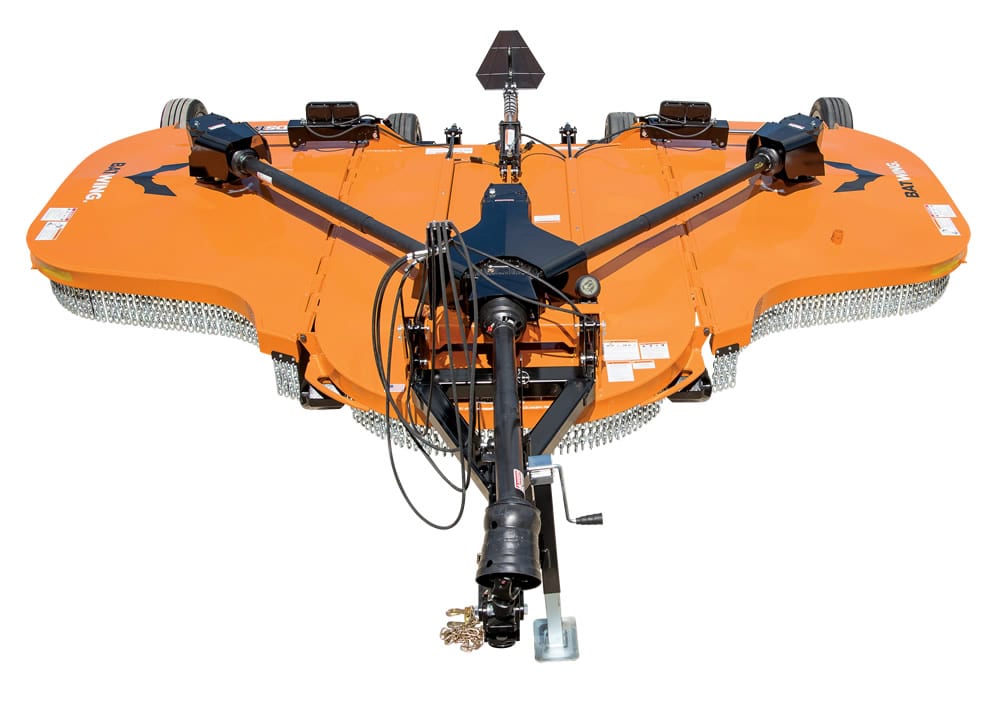I think I’ll be having a significant amount of stewardship on my poorer ground, shall give these a closer look when the time comes

 www.slopemower.co.uk
Look very easy to clean off.
www.slopemower.co.uk
Look very easy to clean off.









